HOW TO MANAGE A COCOA FARM

For a young cocoa farm
- Clear land as regularly as possible to allow young plants to grow properly.
- Replace missing plants up to the second year of planting; refrain from doing this from the third year onwards, as these young plants will be smothered by the larger ones.
- Gradually adjust the shade by pruning the trees.
- Protect against capsids with appropriate insecticide applications in mid-September and December.
FOR A MATURE PLANTATION
From the second year, the plantation starts producing (SODECAO hybrids).
Clear at least twice (02) per year, preferably in April and May to allow for good flowering, then in August and September to prepare for the pod harvest.
Cut the gourmands regularly.
1- Carry out "Sanitary Harvest" to eliminate any sources of contamination between January and February by :
Harvesting all the rotten, dried-up pods remaining on the branches or trunks, cutting off the pod tails (peduncles) without damaging the trunk, using machetes, pruning shears or pruning hooks.
Picking up any pods or shells lying around.
Removing any pods that show the slightest sign of rot throughout the season.
Gather all the debris (rotten, dried-up pods) in a corner of the plantation, preferably in a hollow spot or a dug-up hole, and burn them.
2.Carry out phytosanitary treatment
(Brown rot control)
During the short rainy season
(April-May-June)
Treat low pods up to breast height with a contact fungicide from the first rains and before the appearance of brown spots which indicate the disease; this every week. In other words, 6 to 8 applications at a rate of 20 to 25 dose sachets of fungicide/ha or 1 dose sachet per 60 trees.
Avoid wetting the flowers with the product.
During periods of heavy rainfall
(September - October)
Treat all accessible pods, preferably with systematic fungicides, on average once every 2 weeks, i.e. 4 times from the beginning of September to the end of October.
Remove any pods showing the slightest brown spot from the 4th day after treatment.
During a season, at least 10 to 12 fungicide applications must be planned.
This number can be reduced by half in the event of a healthy harvest.
- Mirids and psyllids control
Insecticide treatment following the recommendations of competent technical services and purchase of products in commercial establishments approved for the sale of agricultural inputs.
Table summarizing cocoa tree attacks and possible treatments
| NATURE OF THE ATTACK | DAMAGE OR SYMPTOMS | TREATMENT |
| BROWN POD ROT | Brown spots invade the entire pod, which dries up and becomes a mummy. | – Récolter les cabosses infectées et les faire sortir du champ pour incinération
– Régler l’ombrage de façon à éviter humidité – Améliorer l’aération du champ – Pulvériser un fongicide à intervalle régulier |
| ROOT ROT | Drying up of the tree due to the attack on the roots of the cocoa tree. | Carefully uproot the attacked trees. Take them out of the plantation and incinerate |
| COCOA MERIDS OR CAPSIDS | Drying up of twigs and stems, leading to the death of trees | Insecticide treatments
|
| PSYLLIDS | White insects that attack the tips of young shoots. Frequent damage observed in nurseries | Insecticide treatments |
| THRIPS | Defoliation, particularly after a severe dry season | Insecticide treatments |
| CATERPILLARS | Gnawed and torn leaves | Use insecticides from the PYRETTHRINOIDES family. |


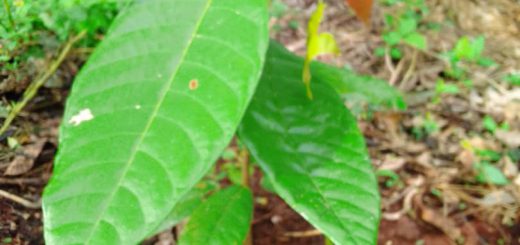
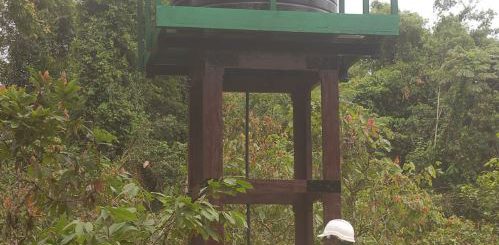

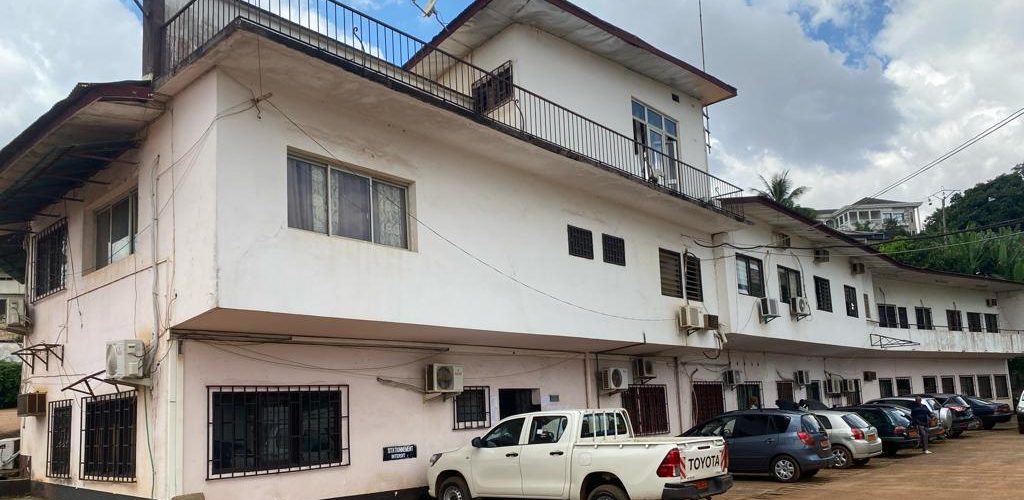
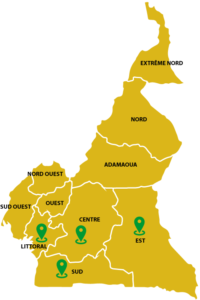

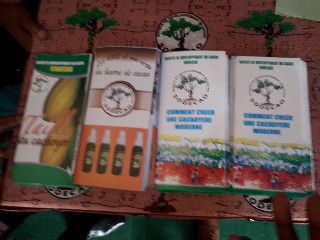
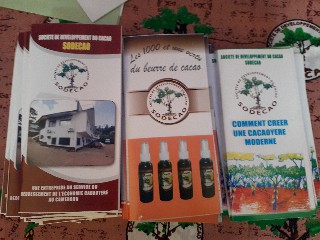
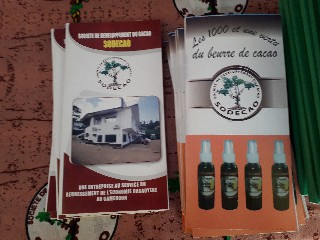
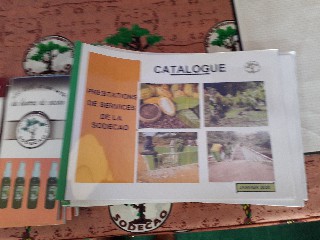

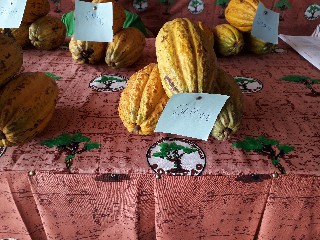
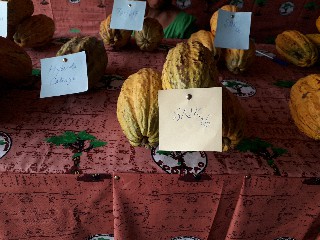
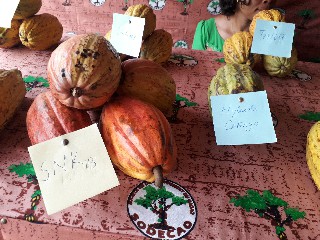
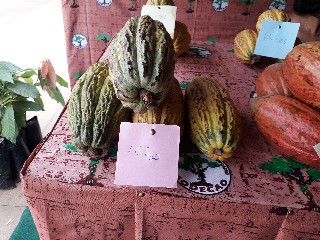
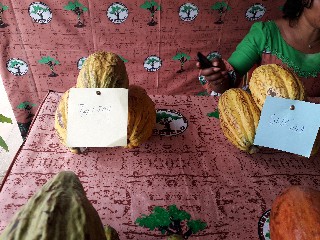
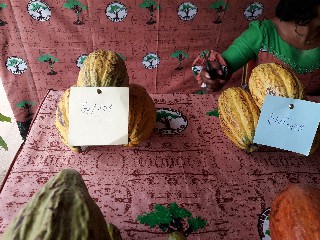
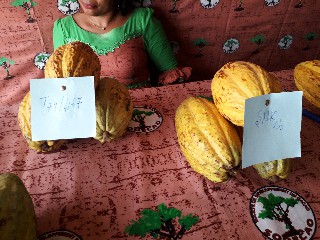
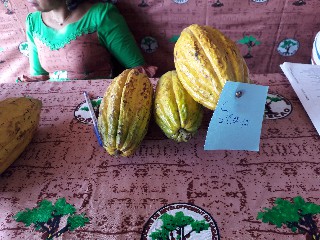
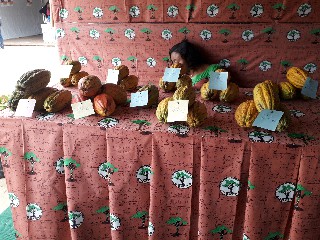
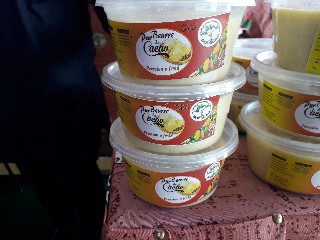
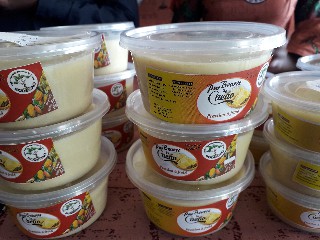
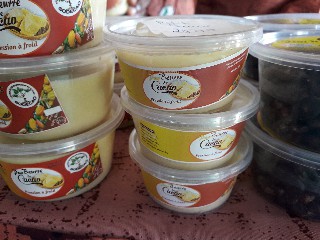
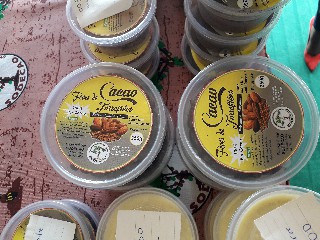

Recent Comments